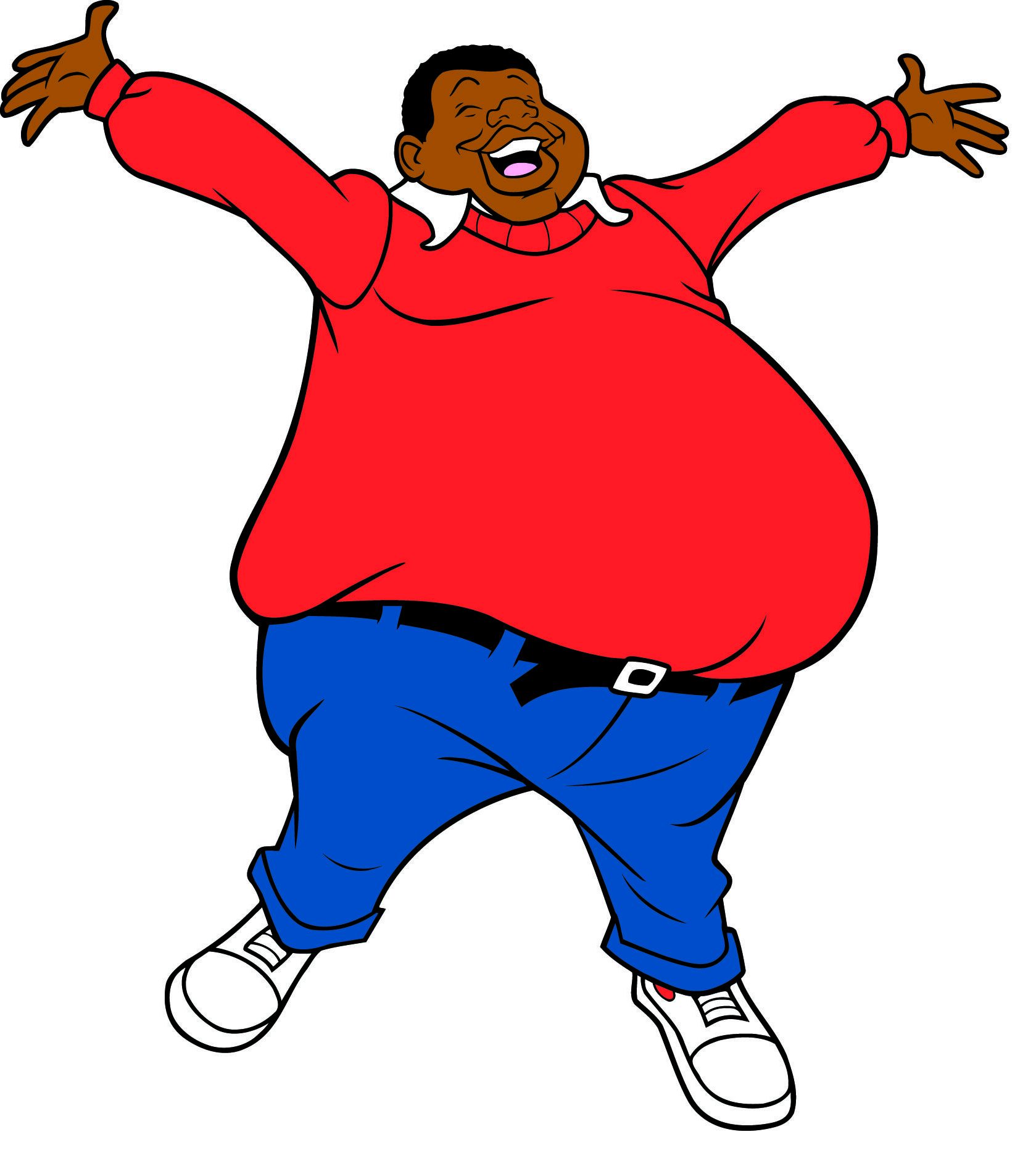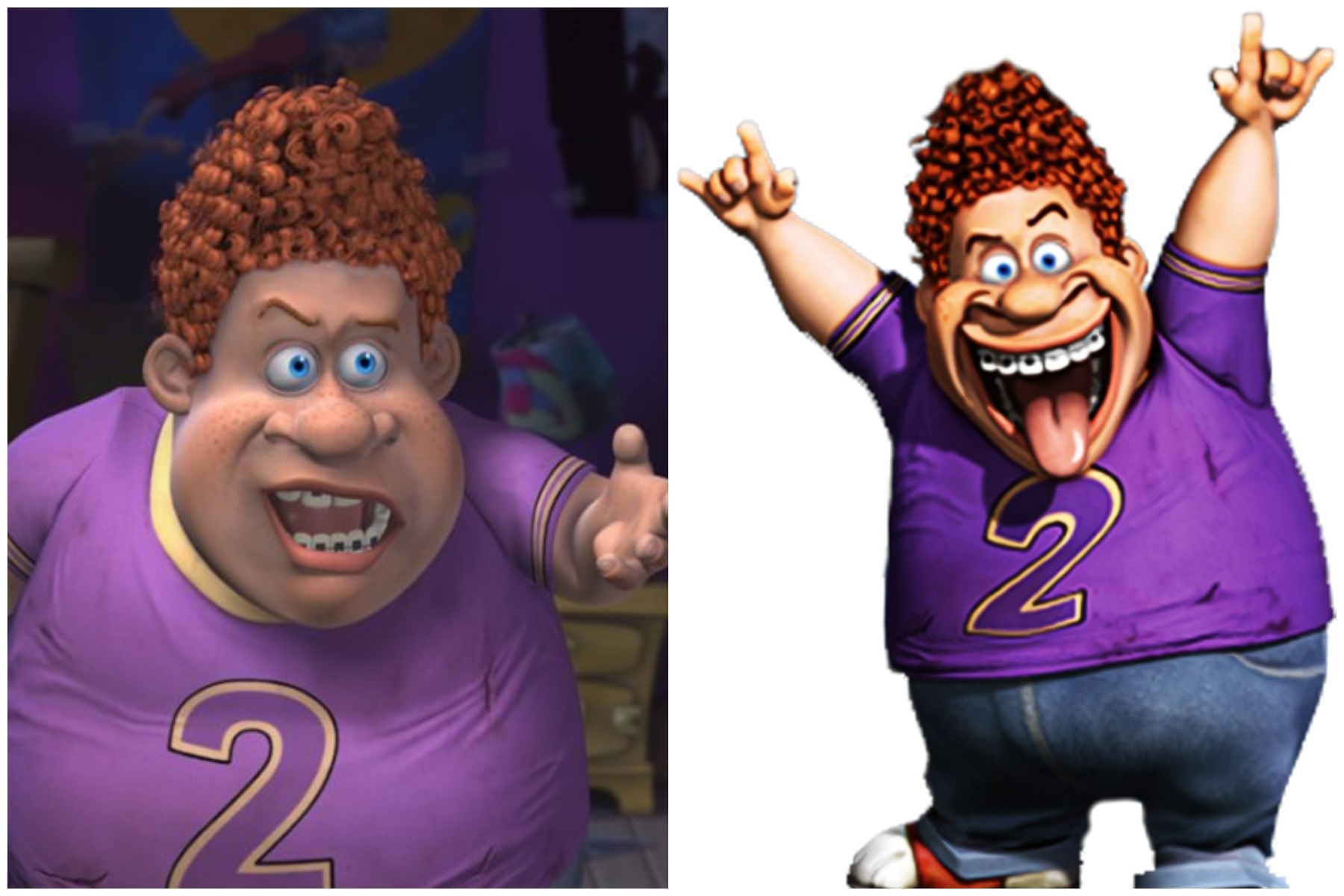Top Fat Cartoon Characters: From Garfield To Winnie The Pooh
Have our perceptions of beauty, particularly in the realm of animation, been too narrowly defined? The resounding answer is yes. For decades, plump cartoon characters have defied conventional aesthetics, captivating audiences with their unique blend of humor, relatability, and surprising depth.
From the mischievous Garfield, whose love for lasagna rivals his hatred for Mondays, to the lovable Homer Simpson, whose everyman struggles resonate with millions, these characters have carved a special niche in our hearts. They remind us that laughter and joy aren't confined to specific body types, and that true charm often lies in imperfection.
| Character | Garfield |
|---|---|
| Creator | Jim Davis |
| First Appearance | June 19, 1978 (in comic strip) |
| Key Traits | Lazy, sarcastic, orange tabby cat, loves lasagna, hates Mondays and exercise. |
| Impact | Cultural icon, spawned numerous animated series, films, merchandise, and video games. |
| Reference | Garfield Official Website |
Consider the enduring appeal of Winnie the Pooh, whose rotund form embodies comfort and gentle wisdom. Or Patrick Star, whose childlike naivety and unwavering loyalty to SpongeBob SquarePants have made him a beloved figure. These characters arent defined by their weight, but by their personalities, relationships, and the positive messages they convey.
The digital age, with its explosion of fan art and online communities, has only amplified the appreciation for these fuller-figured characters. Blogs like "Fudge Yeah Cartoon Fatness," which began on Tumblr in 2012, celebrate the unique aesthetic of these characters and provide a space for fans to connect and share their admiration.
This online enthusiasm underscores a crucial point: representation matters. Seeing diverse body types in animation normalizes different physiques and challenges the unrealistic beauty standards often perpetuated in media. Characters like Kendra Krinklesac from The Cleveland Show, Russell from Pixar's Up, and Muriel Bagge from Courage the Cowardly Dog demonstrate that larger characters can be just as complex, funny, and heroic as their slimmer counterparts.
Even classic animated series like Fat Albert and the Cosby Kids, though now viewed through a more complex lens given the controversy surrounding its creator, offer a glimpse into how fuller-figured characters were portrayed in earlier decades. Fat Albert himself, along with his friends, provided valuable life lessons and entertained generations of children.
| Show | Fat Albert and the Cosby Kids |
|---|---|
| Creator | Bill Cosby |
| Original Run | 1972-1985 |
| Network | CBS (1972-1979), NBC (1979-1984), First-run syndication (1984-1985) |
| Premise | Educational animated series featuring a group of friends learning valuable life lessons. |
| Reference | IMDb Page for Fat Albert and the Cosby Kids |
The evolution of animation has brought with it a more nuanced portrayal of larger characters. The simplistic, often stereotypical representations of the past are giving way to more complex characters with diverse personalities and motivations. From the powerful demigod Maui in Disneys Moana to the villainous yet captivating Oogie Boogie in The Nightmare Before Christmas, we see a broader spectrum of representation.
This evolution isn't just about aesthetics; it's about challenging societal norms and embracing inclusivity. The body positivity movement has gained significant traction in recent years, and the world of animation is slowly but surely reflecting this shift. Disney characters, for instance, are increasingly showcasing diverse body types, although theres still a long way to go.
Even characters like Pumbaa from The Lion King, with his unapologetic enjoyment of life, contribute to a more accepting and diverse animated landscape. These characters teach us valuable lessons about self-love, acceptance, and the importance of looking beyond superficial appearances. They challenge us to question our preconceived notions of beauty and embrace the rich tapestry of body types that exist in the world.
Ultimately, the enduring popularity of plump cartoon characters signifies a shift in cultural perceptions. It signals a move towards greater acceptance and a celebration of individuality. These characters are not just funny; they are powerful symbols of inclusivity, reminding us that everyone deserves to see themselves represented in the stories we tell and the characters we cherish.



Detail Author:
- Name : Miles Schneider III
- Email : earnest.conn@corkery.info
- Birthdate : 1973-08-02
- Address : 2459 Sauer Summit Apt. 829 New Izaiah, MS 20698-9141
- Phone : (740) 656-7741
- Company : Kutch, Purdy and Ledner
- Job : Food Scientists and Technologist
- Bio : Suscipit corrupti eos quia. Atque atque consequatur autem dolore. Dolorem rerum facilis et quia et sed.